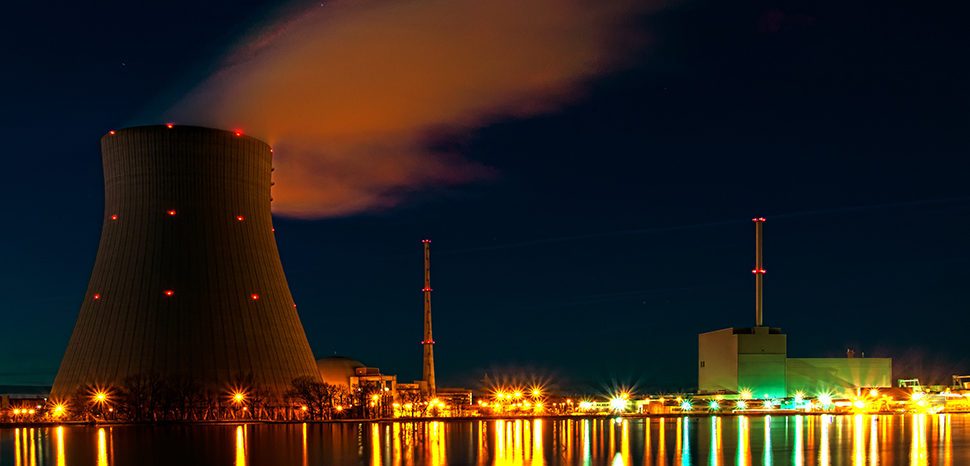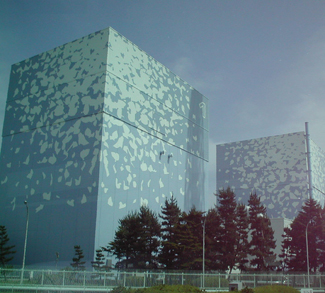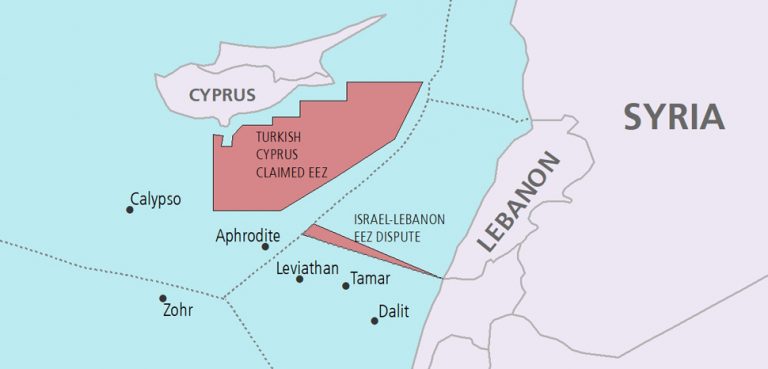In alignment with its energiewende policy, Germany powered down its three remaining nuclear power plants, concluding a phaseout announced back in 1998. While the move signals Germany’s commitment to renewables, it also raises significant questions about the future of nuclear energy production worldwide. The broader geopolitical implications of Germany’s decision present new challenges to European energy security and remain at odds with the outlook and enthusiasm for nuclear energy elsewhere, namely in Asia.
At the start of the millennium, nuclear energy accounted for 30% of Germany’s power generation, whereas renewables held just a 10% share of power consumption. Today, renewables make up 47% of power consumption, with an industry target of 80% by 2030. Nevertheless, amid the interim challenges to European energy security, replacing the capacity lost from nuclear will require a substantial increase in renewable energy generation, in tandem with conventional fossil fuel sources serving as backup.




